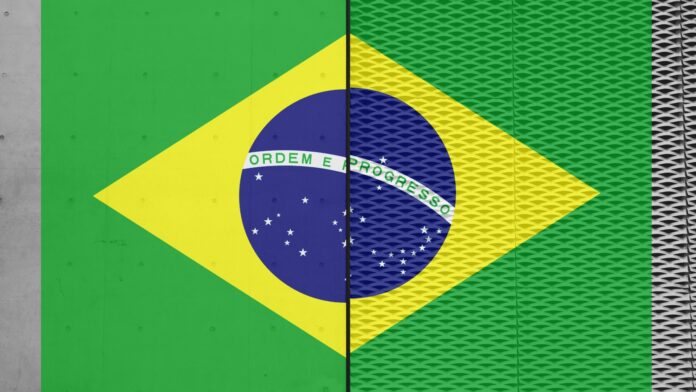
By James Blackman July 10, 2024
Brazilian telecoms regulator Anatel has said 66 licences have been granted so far in the country for enterprise-owned private 5G networks in the country. Thirty-four licences have been issued for spectrum at 2.39-2.4 GHz (2,390 MHz to 2,400 MHz), 30 have licences been issued for spectrum at 3.7-3.8 GHz, and two licences have been issued for spectrum at 27.5 GHz to 27.9 GHz.
It said both of the 2.4 GHz and 3.7 GHz allocations have been divided between six industries each, separately, and the higher millimetre wave (mmWave) tranche has been taken by a single industry. The Agência Nacional de Telecomunicações (Anatel) issued the update as part of a two-year review of 5G rollout in Brazil, since the 3.5 GHz band was opened to mobile operators on July 6 2022.
It cited figures from the World Bank that 5G “could add” around 0.50 percent to the country’s GDP annually – worth around $41 billion by 2030. Separately, it quotes IDC that 5G could “generate an annual benefit” of R$590 billion ($109 billion). “This is due to increased productivity, technological innovation, and new business opportunities… especially in sectors such as manufacturing, agriculture, healthcare and transport,” it wrote.
It quoted IDC, as well, that the market for private 4G/5G networks will grow by more than 35 percent per year until 2026. It stated (in translation): “5G has the potential to significantly boost Brazil’s economy… as a stimulus for innovation, [and] development of new technologies, applications, and business models. 5G [was] designed not only for people, but for machines and automation systems… An ecosystem conducive to… IoT, AR/VR, autonomous vehicles, [and smart industries, cities, and services] will be created.”
It said of private 5G (and 4G/LTE) networks: “These networks are custom designed for each application, being suitable for serving the industrial, utilities, agricultural and business sectors, whose network requirements may differ from those offered by commercial telecommunications networks… [They] are essential for advanced IoT, AI and ML applications, [and] greater automation and efficiency in industrial and business processes.”
Anatel said public 5G is now available at 3.5 GHz in 810 municipalities and 589 cities, with average population coverage of 45 percent serving 28 million users. The country has 21,341 public 5G base stations, representing a density of 4.16 stations for every 30,000 people – which exceeds the 1.25 requirement set by Anatel in the timeframe back in 2022.
The average 5G download speed in Brazil is 450 Mbps, which jumps the country in the Ookla mobile broadband table from 80th to 45th position, it said. All Brazilian cities, which number 5,570, are to have full 5G coverage by the end of 2029, it said. The country expects the number of 5G subscribers to reach 179 million by 2030, with a penetration of 77 percent – quoting Bain Capital and RCR Wireless News.

Leave a Reply